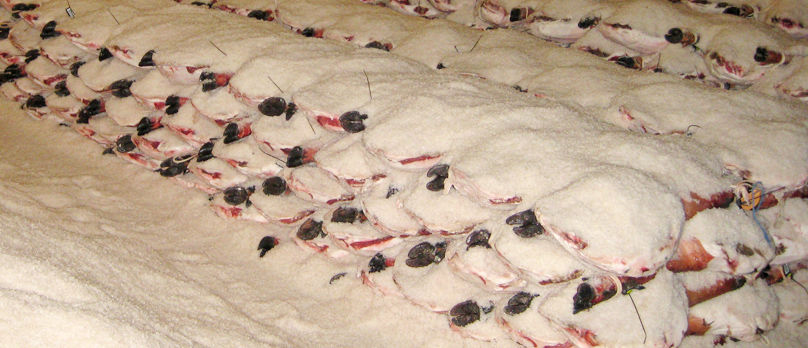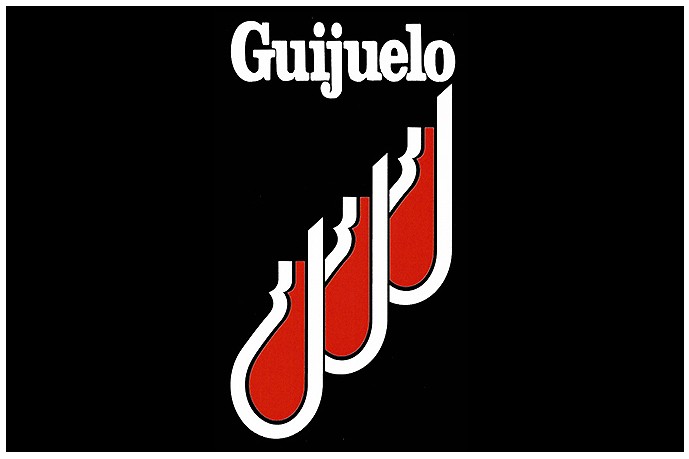The salting Ibérico ham process is one the most important steps in the elaboration process. This is a delicate process, which also gives character to the ham. This step is should be done very carefully, always under the control of a ham expert as the ham quality may vary depending on the conservation. The quality of the ham come from the best pig may be ruined because of being too salty or not salty enough.
What is the salting process?
The salting is a very old technique. Traditionally, the salt was used to preserve fresh food. In the case of preserving the ham, salt helps to extract, dissolve and return the gravy to the ham by dissemination. By this process, proliferation of microorganisms which may rot the meat becomes harder. So the secret of salting ibérico hams is in the perfect percentage of salt according to ham’s capacity to absorb it. This process is known as osmosis, which consists on the natural capacity of the ham to absorb salt and offload fluids.
How many salt needs each ham?
We can’t apply a random amount of salt to hams and shoulders because each piece will absorb the salt quantity needed for it preservation. There is a general rule in which 1 kilo worth 1 salting day, always under ham expert’s supervision as it is not an exact science. Along the process, the ham will be turned in order to absorb the salt uniformly. The salting days depend on the weight of the piece (more days for hams than for shoulders) and the amount of fat, as this an agent which slows down salt infiltration and diffusion. In other words, ibérico bellota hams have more fat than serrano hams, so they need longer salting period for the optimal result.
Futher information about salting
The salting technique more used and know is salting in stack. The classic technique is to create columns or stacks of 6-8 hams separated by a 10-15 cm salt layer. At the end, hams are covered with salt homogeneously.
For the salting process, we will need specific sort of salt. The salt used should be sea salt (coarse or semi-coarse) additive free in order for the process to be as natural and product-respectful as possible.
The salting process is very important to get a good ibérico ham, done in cold-storage rooms at 2 Celsius degrees as average temperature and relative approximate humidity is 90%. Without this process, the ham will lose quality and flavour, as we won’t enjoy the real iberico and serrano ham as we know it now.



 Español
Español
 Català
Català  English
English Français
Français Deutsch
Deutsch Italiano
Italiano Dutch
Dutch




